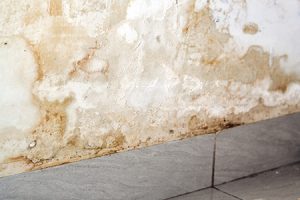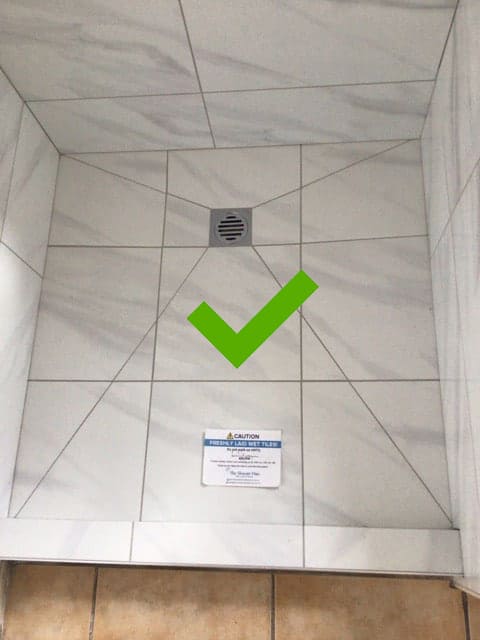How to avoid a Water Damaged Bathroom
How to avoid a Water Damaged Bathroom
Blog Article
This great article in the next paragraphs on the subject of Preventing Water Damage in the Bathroom is totally enjoyable. Have a go and make your own findings.

The shower room is extremely prone for moist build-up and also potential water damages as a result of the frequent use of water in it. This write-up offers easy evaluation strategies to help spotting water damages hazards.
The constant use of water in the shower room makes it very vulnerable for moist buildup and also potential water damage. By checking it consistently, you can decrease water relevant problems.
The following collection of evaluations is very easy to do and ought to be done when in every three months in order to keep your shower room healthy and to prevent possible water damages triggered by the bathtub, the shower, pipeline joints and plumbing, sinks, cabinets, and the toilet
Do not overlook performing these evaluations and be detailed while executing them. Remember that these basic inspections can save you a lot of cash by giving very early indicators for water damages
Tub and also Shower
The shower and bath tub need unique interest as well as maintenance. Check the tiles and also change if split. Ensure that there is no missing cement in between the tiles. Inspect and change fractured caulking at joints where the wall surfaces satisfy the flooring or the bathtub. Clogged drains pipes as well as pipelines troubles will avoid the bathtub from drying out and also may indicate severe problems under the bath tub. Talk to an expert instantly to stop structural damage. Take notice of discolorations or soft locations around the bath tub wall surfaces as they may indicate an inner leakage.
Plumbing
Signs for water damage are hard to spot since a lot of pipes are mounted inside the walls.
Pay special focus to flooring and also wall surfaces wetness and discolorations as they might show an undetectable plumbing trouble. Check moisture degrees in adjoining areas also.
Sinks and Cabinets
Sinks and also cupboards are exposed to moisture and also moisture everyday and are often ignored. Inspect consistently under the sink as well as on the counter top above it. Fix any drip in the trap as it might suggest drain problems. Check out the sink, slow draining pipelines might suggest an obstructed drain. Change sink seals if they are broken or loose.
The Bathroom
The commode is a prone water joint. Check the water lines and also search for leaks around the commode seat, in the hose, and also under the water storage tank. If you identify any type of indicators of moisture on the flooring around the toilet, check for leakages in the toilet edge as well as container seals.
Know that hanging commode bowl deodorants raises the chances for blockages.
Water Damage Signs In The Bathroom To Avoid Cleanup
Musty smell
This is one of the easiest signs to catch because musty smells are so odorous. The damp, earthy, moldy smell should be a big red flag. The smell will develop when moisture gets trapped in surfaces, and begins to facilitate mold growth. Leaking pipes under cabinets, inside walls, and behind shower fixtures will cause moisture to stay trapped and not dry, which will lead to mold growth and spread. As soon as you notice any musty smells in your bathroom, have it checked for hidden water damage and cleanup signs.
Visible mold
If the smell isn’t there to give it away, sometimes you will actually see mold growth. Finding mold in your bathroom is a serious problem, because mold is very harmful to your health. By the time mold growth is visible, it also means that water damage has already occurred and been present for some time. The only way the mold problem can be resolved is to find the source of the moisture and get it stopped. To safely and adequately remove mold, you need to have professionals handle the remediation. Do not waste any time in getting mold problems addressed, fixed, and sanitized so that you can protect you and your family from the many respiratory symptoms caused by mold exposure.
Damaged floors
Bathroom floors should be able to withstand some exposure to water while still remaining in good condition. However, when excess exposure or water leaks occur, they will begin to damage even the most water-resistant flooring. If you notice any cracking, bubbling, staining, or warping on your bathroom floors, there is probably a water leak somewhere causing the distortion. If you notice areas of the floor have become softer, or even have a spongy feeling, there is probably damage to the subfloor. Subflooring is typically made up of plywood. When plywood is exposed to water or moisture, it will absorb it. Once it has become saturated, the weight of the excess water will cause the wood to swell and soften. Check the floors in your bathroom frequently to catch any of these sings before they lead to damaged subflooring.
Changes on walls
When water leaks behind walls, it will cause changes in the drywall. Peeling plaster, blistering paint, and soggy wallpaper are all good indicators that excess water is building up behind the wall. Water leaking behind drywall will cause it to swell and be soft to the tough. If you start to notice gaps along the trim of your walls, or where tile meets the wall, it could also be a strong indicator that there is a leak behind the wall. Any changes, distortion, or damage on the walls should be evaluated as soon as you notice it to prevent further water damage and cleanup.

I am just very fascinated by How to Repair and Prevent Bathroom Water Damage and I'm hoping you appreciated the entire blog entry. Are you aware of somebody else who is in the market for the topic? Do not hesitate to promote it. Thanks for going through it.
Get A Quote Report this page